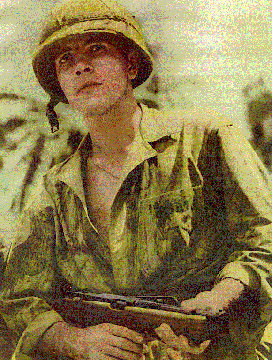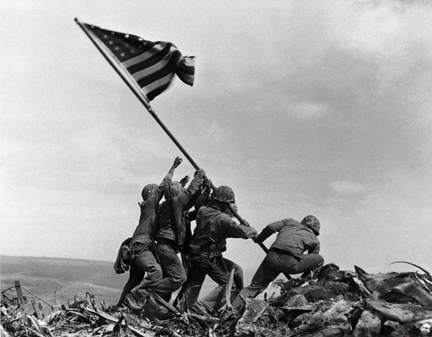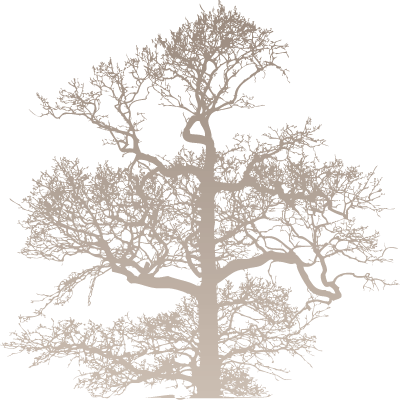In historical records the village of Jarabina was first mentioned in the year 1329.
Different names of the village over time:
1329 Gyerimp, 1372 Yerubina, 1360 Zombach, 1364 Jerubina, 1408 Gyrem, 1808 Jarabina, 1920 Jarembina, 1927 Orjabina, 1948 Jarabina, over time also called Jarembina and Berkenyed.
Administrative Structure:
Spis County; District Stara Lubovna, Region Presov until1960; Region Poprad, by 1968 District Stara Lubovna, Eastern Slovakia.
Population Statistics:
1869-1184
1880-1167
1890-1207
1900-1247
1910-1115
1921-1215
1930-1153
1940-1213
1948-1157
1961-1110
1970-1030
Acreage:
The municipality lies at an altitude of 587 meters and covers an area of 22.896 km.
Religious:
The Baroque Style Birth of the Virgin Mary Greek Catholic Church is from the year 1809.
On April 8, 1996 a Russian Orthodox Church was consecrated for the Orthodox residents of the village. The church also was dedicated to the Virgin Mary.
Historical Figures:

Sergeant Michael Strank
Sergeant Strank was in the U.S. Marine Corps. He was only 25 years old, leading a dozen Marines, when he and his men raised the American flag atop Mount Suribachi in the Pacific. This became one of the most famous images from World War II.
Michael Strank was born to Rusyn parents in Jarabina in the year 1919. He was the son of Vasil and Marta Strank nee Grofik. He emigrated from Slovakia to the United States in 1922. He made the journey to America with his mother Marta on the S.S. Berengaria from Southampton, England on the 29th of July 1922. They arrived at the Port of New York on the 4th of August 1922. They were joining Michaels father Vasil ‘Charles’ Stank in Conemaugh, Pennsylvania, a coal mining town near Johnstown, Pennsylvania. Vasil ‘Charles’ Strank had emigrated a year prior in 1921.
By 1930 the family was residing in the Franklin Borough of Cambria County, Pennsylvania. Michael had a brother John and Peter that had been born in Pennsylvania. Their immediate neighbors were another Jarabina family, the Steve and Mary Kindya family.
Michael enlisted in the United States Marines with the rank of Private on the 6th of October 1939.
 He landed on Iwo Jima on February 19, 1945. The famous flag-raising took place just four days later. Five other men were with Sergeant Strank on this fateful day. They were Ira Hayes, Franklin Sousley, John Bradley, Harlon Block, and Rene Gagnon. Associated Press photographer Joe Rosenthal photographed the Pulitzer Prize-winning picture of Marines raising the flag on Mount Suribachi, Iwo Jima on February 23, 1945.
He landed on Iwo Jima on February 19, 1945. The famous flag-raising took place just four days later. Five other men were with Sergeant Strank on this fateful day. They were Ira Hayes, Franklin Sousley, John Bradley, Harlon Block, and Rene Gagnon. Associated Press photographer Joe Rosenthal photographed the Pulitzer Prize-winning picture of Marines raising the flag on Mount Suribachi, Iwo Jima on February 23, 1945.
Wounded by enemy artillery fire Strank, Block and Sousley would die shortly afterwards. Bradley, Hayes and Gagnon became national heroes within weeks.
Sgt. Srank was buried in the 5th Marine Division Cemetery with the last rites of the Catholic Church. On the 13th of January 1949, his remains were re-interred in Grave 7179, Section 12 at Arlington National Cemetery.
He was awarded the Bronze Star; Purple Heart (awarded posthumously); Presidential Unit Citation with one star (for Iwo Jima); American Defense Service Medal with base clasp (for his service in Cuba before the war); Asiatic-Pacific Campaign Medal with four stars (for Pavuvu, Bougainville, Consolidation of the Northern Solomons and Iwo Jima) The World War II Victory Medal.
In May of 2007 Sergeant Strank was honored at his birthplace by the U.S. Embassy in Slovakia. At his ancestral home Sgt. Heather Parry stood guard along side the Slovak honor guard.
Ambassador Vallee, Ministry of Defense Services Bureau head Miroslav Sim, and Jarabina mayor Mikuláš Kaňa participated in the ceremony. A commemorative plaque was dedicated to Sergeant Strank by Ambassador Vallee.
Ambassador Vallee also laid a wreath at the memorial for Jarabina citizens who lost their lives in the fight against fascism in World War II.
Transcribed by, Steven M. Osifchin
In September, 2011 A festival was held of regional traditions and folklore music now in its eighth year. Traditional handmade crafts such as embroidery, making rugs, farm tools, homemade food and baked goods were offered. Later a performance of folk music was given at the stage area for the audience. Udol’s folk ensemble participated with other regional groups which included one from Kosice and from the Czech Republic. The cultural program also offered the well known folk storyteller Joseph aka Jozef Varga.



